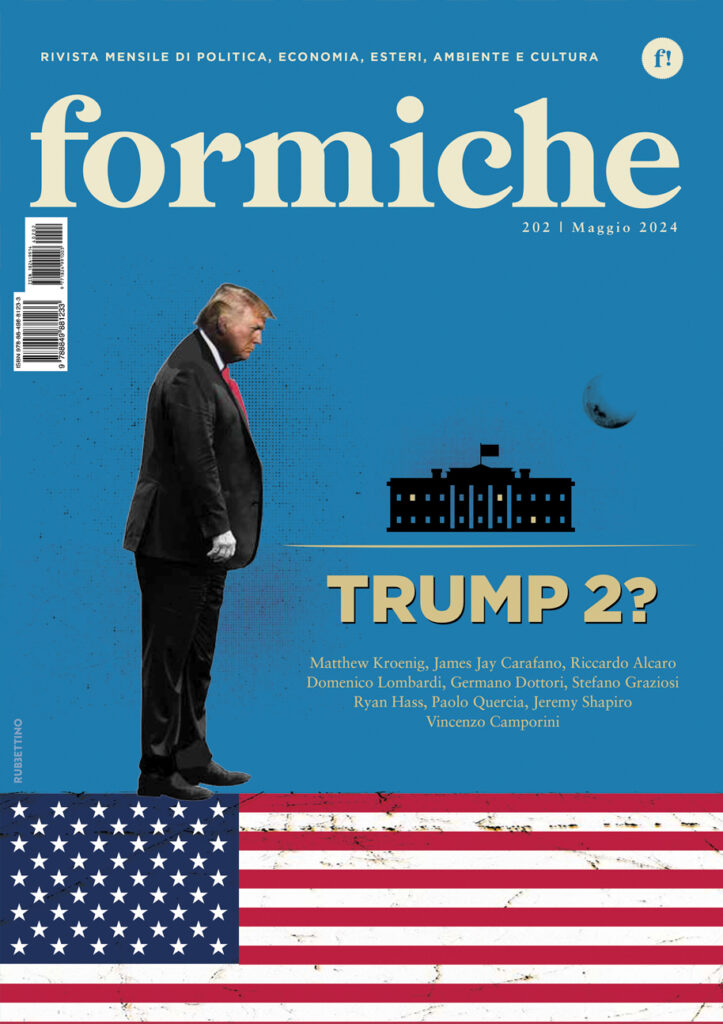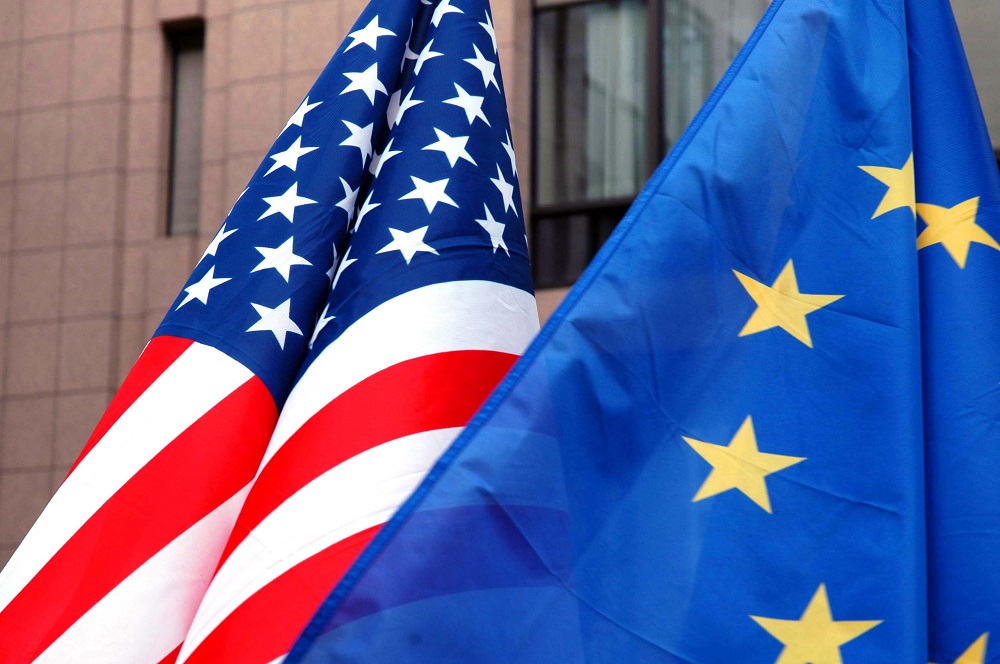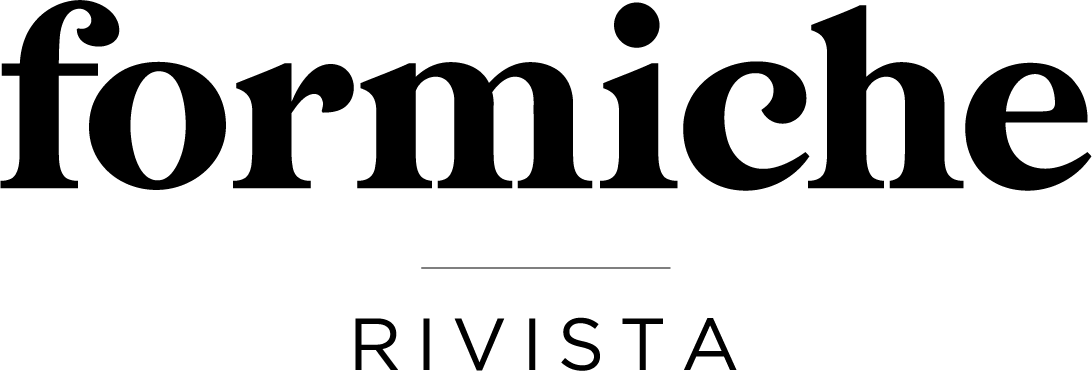“We are facing a “Sputnik moment” on the digital front. Today, if the US and the EU want to maintain the technological edge that has always characterized NATO, they need to work together,” writes ambassador Francesco M. Talò, Permament representative of Italy at NATO
Predicting the future is often a failing initiative, but if we look at trends, we can foresee tumultuous developments ahead of us. For thousands of years the only field where conflicts took place was on land.
Little over two thousand years ago fighting at sea started, bringing the number of military domains to two. Only a hundred years ago, they were extended to the air domain, and later on NATO added among its operational domains cyber in 2016 and the outer space in 2019.
The new dimensions of military confrontation are now coming up at an increasingly faster pace in view of changes that not long ago took centuries or thousands of years in the making: from a number of two activity sectors a hundred years ago, to now five.
Moreover, the last two, the outer space and cyber, have new characteristics: they are “horizontal”, that is, with an impact on all the other fields of military activities, and, by their inherent nature, they go beyond any territorial border.
We do not know where we are going precisely, but developments may have disruptive effects. That is why we talk about “emerging and disruptive technologies”. It is necessary for each of us to be culturally open: military as well as diplomatic staff and political decision-makers.
It is necessary to be ready to challenges and opportunities represented by technological developments connected to economic changes due to globalization. A mutual commitment is crucial in order to share objectives and especially safeguard our values, the same way it happens within NATO, the core Alliance of the political West.
The unavoidable innovation driver is China’s multi-sector growth. This is a source of opportunities, but also of challenges that can be stimulating. In order to address the latter, neither the US nor Europe, the two main poles of the Alliance, can act autonomously. We are facing a “Sputnik moment”, like the one America faced against the Soviet successes in space.
At that time, the United States, with their extraordinary energy, won the challenge, but today, if we want to maintain the technological edge that has characterized NATO’s strength throughout history, we need to work together. Each Ally’s growth means common growth and vice-versa. Europe needs to hope for the USA to be strong, just as much as the USA need to wish for a stronger Europe.
At the London Summit in December 2019, NATO Heads of State and Governments declared their commitment to keep “technological edge, while preserving our values”. The challenge, within an extremely variable context that sees no more territorial borders in sectors such as information and cyber, implies a change: in order to “maintain”, it is necessary to change, and the safeguard of values also implies a commitment to the home-front of resilience.
The current pandemic has shown the combination among the individual, local, national and international dimensions. Nobody gets saved on their own. The strength of every dimension contributes to reinforce the whole system: citizens of a resilient country are more protected, an Alliance that sees its Nations as capable of tackling cyber attacks, extreme climate or epidemic events, is stronger.
A strong Alliance contributes to reduce the impact of unforeseen events that we need to expect from the combination of technological elements with challenges coming from state as well as non-state actors (terrorism), and sometimes not directly determined by human kind (pandemics and climate change). Each of these challenges can be amplified by technological elements or, on the contrary, tackled thanks to them.
Sectors like artificial intelligence are important both for the civil and military sectors. Therefore, a cultural challenge arises. Our defense is not anymore exclusively connected to what Eisenhower defined the “military-industrial complex”, industrial groups close to the government that often coincided with the major existing companies.
Today, the economic giants are “away” from the capitals, they follow the consumers’ needs, but they develop crucial functions for our security. Technologies related to information and communication stand out and can be viruses’ “healthy carriers” to our security.
Supply chains are prominent, and efforts to limit their vulnerabilities are intensified. Italy has done a lot to define a national perimeter of cyber security. At the same time, a European regulation system is developing and these subjects become crucial within the transatlantic debate, also thanks to the spur of the United States.
Together we are stronger.








